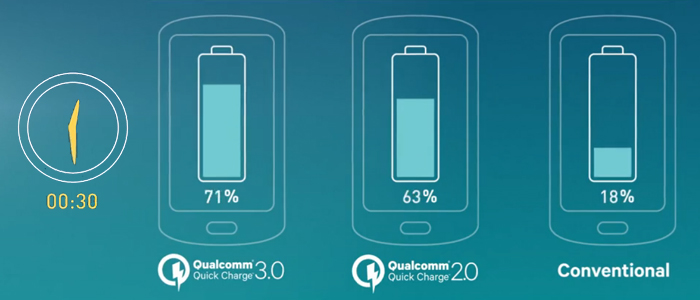When you are buying a travel charger, car charger or even a wireless power bank charger, you will doubt the quality if the band name is not good enough for you to recognize. What is a good charger for your phone? Let us make things simple and check as below:
- Input Protection: No matter the travel charger or the car charger, this is a must for it. It is for safety purpose. It will avoid electronic shock from AC or getting fire by transfer the 90-240V AC or 12/24V DC to the right voltage to your phone.
- Output protection: This is a bit complicated. No matter the travel charger or the car charger, it should provide the right voltage and currency for the phone to charge. If no protection for output, the charger will still keep charging the phone! As the worst result, the phone cannot stop the charge and it will cause fire or smoke just by continuous charge!Things would be different if the charger or phone has a protection!
- Stable Currency: The charge will put more currency when it begins to charge the phone, less in the middle and 0 at the end. Why I say stable here? It will always keep the same? Of course no! The stable currency means that, it will meet the charging currency for the phone needs. For example, at the beginning the phone requires 1.8A and 5V, which is the right currency that phone needs to put its max charge. Suddenly the currency goes to 2.5A or more. It would be bad for the batteries even it does not cause explode or fire.
- Stable voltage: the same importance as the stable currency.
- With fuse: Of course the IC cannot protect your phone fully when lightning in a stormy day. But a fuse can burn and protect your phone when there goes a 10X input currency or voltage.
- Burning protection: A good charger will select good plastic materials which will help you when the charge has a problem itself. It will protect your charger itself from burning. The worst is that it will cause smoke and will not get fire.
- Life time: A good charger can last 5 years or more without any problem. A cheep one may remain only 3 months. And the good one can make your phone work well. A bad cheep charger may lead your phone to a short life.
Comments? Questions? Please leave your ideas below. We would be happy with your words. Thank you!


